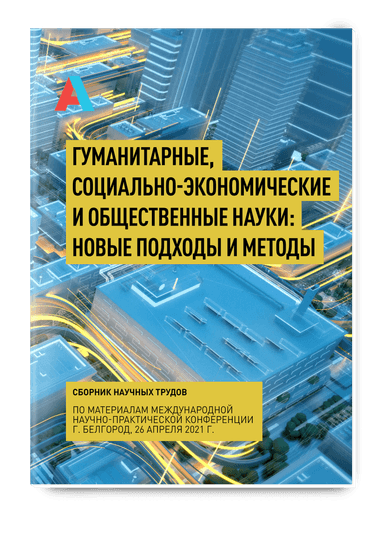In order to think about language teaching methodology, let us answer several questions about what methodology is. First, what methods our language teachers have used in the past. Our past language teachers used to taught traditional methodology. Now that we are teachers, we can compare our own methods to theirs. A good teacher will choose a methodology which helps his or her students learn in the most effective way. As teachers, our goal is to successfully teach our students English. The way we look at and use methodology will, in part determine how successful we are. Two well-known methodologists Jack Richards and Theodore Rodgers wrote an article and a book about the definition of methodology.
Method, for Richards and Rodgers, can be divided into three parts. They call these parts approach, design and procedure. These three parts work together to make up a teacher’s can be represented by the following diagram:

The foundation to a teacher’s methodology depends on his or her approach. It is a teacher’s theoretical views. That is their view of language and of language learning. The approach then directs how a course is designed (organized and planned).
Design in methodology has to do with the responsibilities of the teacher and the students at the organization of the class. What is the purpose or overall goal of the instruction?
A goal of one method (and course) might be the development of oral skills while another course might want to teach business writing skills. And the design then effects how a teacher runs a class on a moment-to moment basis.
Approach and design are applied in the methodological procedure. Procedure is the techniques and activities used in the classroom on a moment-to-moment basis
How are activities handled in class? What are the step-by-step procedures? For example, instructions might be first, reading a passage second, answering questions third, and discussing a topic last. Activities may change very rapidly, like every 5 or 10 minutes, or they may take longer, lasting for 30 or 40 minutes.
When preparing lesson, you start by planning the main items you want to include: the teaching of a new grammar, grammar exercise or the reading text with the longer teaching process. Before planning and organizing our teaching, you need to choose activity that connected with the topic and funny one. This activity is a short, fun game which a teacher or trainer can use with students. Warm up is important part of the lesson stage and If you teach warm up successfully, your teaching process will be more effective and your students will be active. Warm ups should last about 5 minutes. It can be: a quick warm-up for the beginning to get your students into their right mood for learning.
- an idea for a brief vocabulary review before starting a new text
- a brief orientation activity to prepare a change of mood or topic
- a light filter to provide relief after a period of intense effort and concentration
- proverbs
- songs
- games and other things [3, p. 25].
Generally, these activities are suitable for a variety of levels, from elementary to advanced. In order to explain the organization of an activity, you will usually have to give an example of what is to be done. It must be clear and understandable for students.
The purpose of a warm up is to:
- encourage the students
- wake them up – first thing in the morning and after lunch people are often a little sleepy
- prepare them to learn by stimulating their minds and/or their bodies.
In order to become a teacher, you will also be required to complete student teaching. Student teaching is teaching a class of elementary students under the direct supervision of the classroom teacher for 16 weeks depending on your program. Student Teaching is designed to give you experience teaching children in the classroom with the support and advice from a professional teacher. When you become a teacher yourself, you will already understand what it means to be in a classroom and how to work with and teach young children. In teaching practice, the students in order to successfully teach a lesson they used many different ways to teach vocabulary, but some ways are more effective than others.
As a result of the teaching practice, students will learn to write lesson plans, teach lessons in the classroom, presenting established curricula as selected by the school, learn to work with school children, organize extra-curricular and after school activities.
In summary, the activities or procedures of a class should be based on a conscious approach and design. This is methodology. If we are not careful in our methodology, we will not be as successful. We must be careful how we teach so that we may have success in the classroom. So, we have to improve our teaching, we must also study other methods.

.png&w=640&q=75)